Chinese Medicine solutions
Diabetes is experiencing alarming growth worldwide. A WHO report estimated that 422 million adults were diabetic worldwide in 2014, compared to 108 million in 1980. Cambodia is no exception, with 230,000 cases recorded in 2015. In some regions, the rate of diabetes reaches as high as 10%.
How can this phenomenon be explained? Risk factors are primarily linked to an unhealthy lifestyle: a sedentary lifestyle, lack of physical activity, excess consumption of refined foods, overconsumption of sugar in particular, and alcohol, not to mention emotional factors linked to an overly stressful lifestyle.
10 spoons of sugar in a soda

In Cambodia, sugar consumption has reached alarming proportions: the proliferation of sugar-laden sodas, the ubiquitous use of white sugar in cooking, and sweetened condensed milk in coffee and various other drinks.
Drinking a can of soda is equivalent to eating 10 teaspoons of sugar!
However, it is encouraging to see that more and more Khmer people are becoming aware of the damage caused by sugar.
Indeed, the body is designed to assimilate the sugars naturally present in food and does not need additional sugar. Therefore, any additional sugar intake will create imbalances in the overall functioning of our body.
Diabetes is not inevitable
But diabetes is not inevitable! While some have a genetic predisposition, most type 2 diabetics can reverse their disease, or even cure it, by reviewing their lifestyle, diet, exercising, and maintaining a healthy work-rest schedule. Type 1 diabetics can also improve their condition.
A clinical study conducted by Newcastle University and published in Cell Metabolism demonstrated that significant weight loss in type 2 diabetic patients immediately after diagnosis restored insulin production, thereby leading to a cure.
A closer observation showed them that this weight loss led to a reprogramming of pancreatic cells, which returned to normal function. They thus proved that diabetes could be cured, contrary to popular belief.
Xiāo Kè or the syndrome of useless thirst
Diabetes has been known and treated for over 2,000 years by Traditional Chinese Medicine (TCM). In Chinese, diabetes, Xiāo Kè or “unnecessary thirst syndrome,” is identified as a global disharmony, itself linked to a yin deficiency.
To avoid Xiāo Kè, you should refrain from:
- drinking alcohol,
- eating sugar, or foods or drinks with added sugar,
- eating excessively fatty foods (fried foods).
And above all, you must move! Regular and intensive physical exercise is essential to prevent diabetes.
Acupuncture and pharmacopoeia
TCM does not measure blood glucose levels. It applies personalized treatment to each patient after a complete diagnosis. First, palpation of the Chinese pulse, questioning, observation, and palpation of the body are used.
The patient is treated with acupuncture and Chinese pharmacopoeia. This treatment gradually restores the body’s energy balance, allowing the organs to return to their natural, and therefore healthy, functioning.
The more the patient agrees to review their diet and lifestyle, the greater their chances of recovery.
The Chinese medicine doctor may recommend, in particular, the practice of qigong, whose health benefits are well-proven.

Le diabète n’est donc pas irrémédiable. Mais mieux vaut encore suivre le précepte de ce grand médecin chinois du 13ème siècle, Zhu Zhenheng : « Entretenir la santé vaut mieux que de traiter la maladie. »
The action of qigong on diabetes
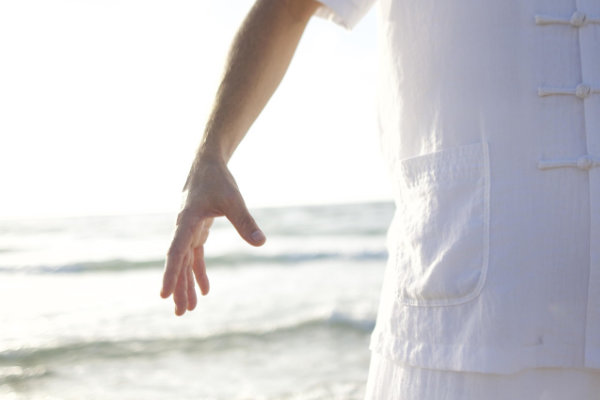
Qigong has been practiced for over 2,000 years in China, particularly for its therapeutic effects. This discipline—when practiced regularly—has a beneficial and regulating effect on the entire metabolism. People with diabetes therefore have every interest in practicing it.
In an article published in 1984, Dr. Zhan Ke Fu recounts his own experience. A diabetic who relied on insulin, he decided to start practicing Tai Ji Qigong. After 15 days of diligent practice, he stopped using insulin. Three months later, his blood sugar and urine glucose levels had returned to normal.
Five other patients participated in an experimental study, practicing Tiao Xi Bu Gong, another style of qigong, every day for three hours. After three months, the results were such that all five were able to stop all their hypoglycemic medications or insulin. During a follow-up six months later, these patients’ blood sugar levels remained normal.
Qigong classes at Essence of Health

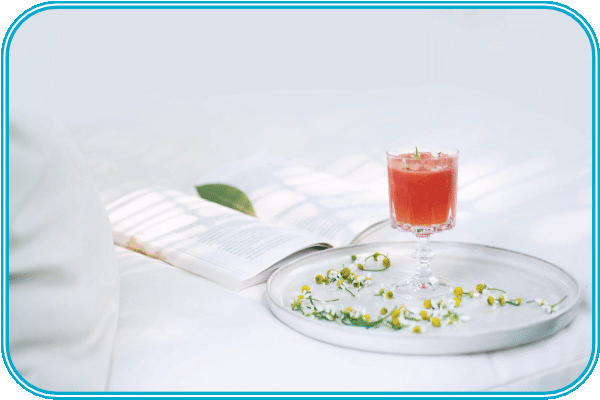
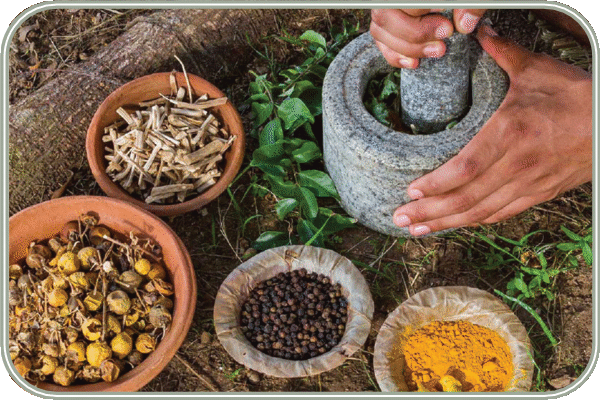

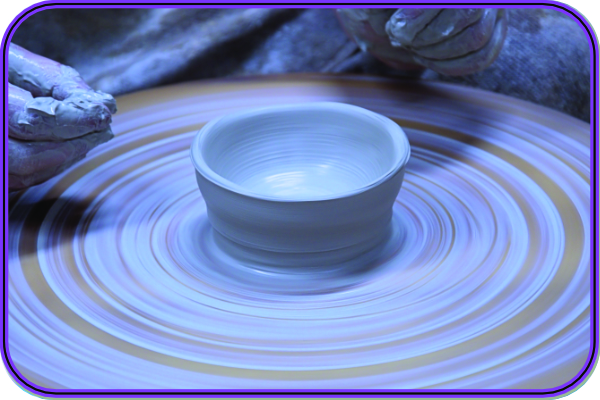

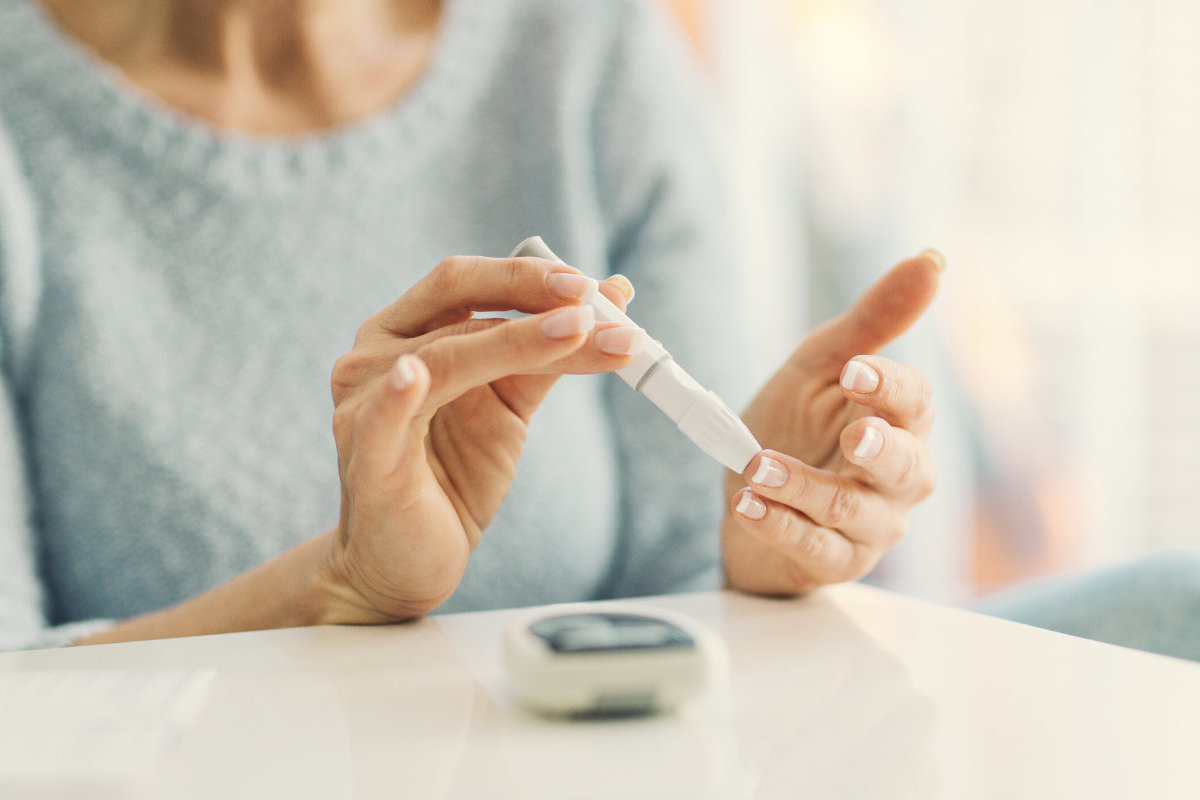
0 Comments